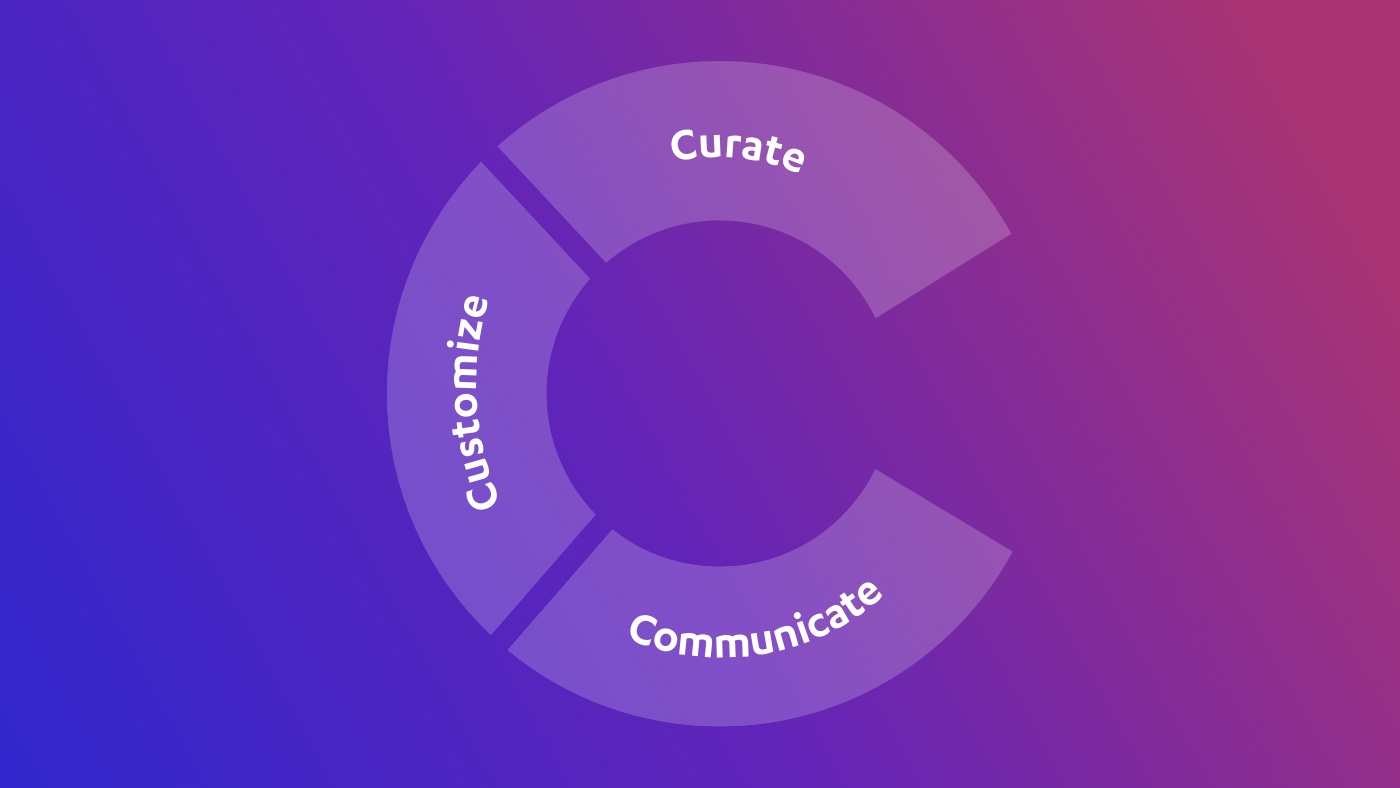Hello Heart is one of Castlight’s Ecosystem partners.
As we wrap up American Heart Month, which takes place every February, the message for HR leaders is loud and clear: It is imperative to put heart health at the top of the priority list.
Why We Must Prioritize Heart Health
Heart Disease Is Still the Leading Cause of Death in the U.S.
How widespread and dangerous is heart disease? Consider these alarming statistics:
- It’s the leading cause of death for men, women, and people of most racial and ethnic groups in the U.S.
- One person dies every 36 seconds in the U.S. from cardiovascular disease.
- About 690,000 people in the U.S. die from heart disease each year.
- In the U.S., someone has a heart attack every 40 seconds.
- 47% of U.S. adults suffer from high blood pressure.
- 79% of adults in the U.S. have hypertension that is uncontrolled.
Hypertension is often referred to as “the silent killer” because it may show no symptoms, which puts affected individuals at greater risk of heart attack, heart failure, stroke, and other catastrophic or fatal consequences.
The Pandemic Has Taken a Huge Toll on Heart Health in the U.S.
According to a recent Cleveland Clinic survey, since the beginning of the pandemic, 41% of Americans have experienced one or more heart-related issues, with the most prevalent being:
- Shortness of breath (18%)
- Dizziness (15%)
- Increased blood pressure (15%)
- Chest pain (13%)
Additionally, of those Americans who tested positive for COVID-19, more than one in four (27%) reported that their COVID-19 diagnosis impacted their heart health in some way.
Heart Disease Is Extremely Expensive
Heart disease doesn’t just take a tremendous toll on health and wellbeing. It also carries an enormous price tag for self-insured employers and other payers. How so? Here are just a few examples:
- Each year, cardiovascular disease costs the U.S. about $363 billion.
- Heart disease and stroke—both closely tied to heart health—collectively represent the most expensive chronic disease.
- At the employee level, a recent analysis found that the average total medical spending for each individual with hypertension is $9,842.
What’s more, researchers estimate that about 20% of coronary stents are unnecessary and that stents and bypass surgeries can be ineffective despite an average cost of over $150,000 per patient.
3 Ways Employers Can Help Prevent Heart Disease
HR leaders can help prevent heart disease across their workforce—and help those with heart disease manage and control their condition—while at the same time strategically and sustainably reducing costs for their organization. Here are three ways to make this happen:
1. Implement an Effective Digital Heart Health Solution for At-Risk Employees
A peer-reviewed study published recently in JAMA Network Open showed that 84.4% of the 28,189 individuals with stage II hypertension who used Hello Heart’s digital health solution lowered and maintained their systolic blood pressure over three years. In fact, the results for those with the most severe level of hypertension (stage II) were double that of any other published study results, with those who participated for three years experiencing an average reduction of 21 mmHG in their systolic blood pressure.
And as for the financial benefits, the recent analysis mentioned above confirmed that employers who used Hello Heart’s digital health solution reduced their cardiovascular disease-related claims costs by an average of $1,865 per participant in year one.
2. Offer Heart Healthy Snacks and Meals
Nutrition and heart health are intricately linked. Some foods—like berries, nuts, vegetables, and oats—are good for the heart, while food items loaded with sugar, sodium, preservatives, saturated fats, and trans fats, are not.
By tweaking the foods that employers provide to their team members, they can help them eat more heart-healthy foods and fewer foods that can negatively impact heart health. If there are snacks in the office, swap things like chips, candy bars, and cookies with healthier options. For catered meetings and events, try to ensure the menu items are filled with heart-healthy ingredients.
Since many meals (like breakfast, and dinner) happen outside of the office—and because many employees are working remotely these days—it’s wise to provide out-of-office healthy eating tools as well. This could be discounts to meal kit subscriptions like HelloFresh, Purple Carrot, or Sunbasket, or providing free healthy cooking classes and other nutrition education opportunities.
It’s also important for employers to take a close look at their employee population to see if anyone lives in an area with food insecurity, then to take the necessary steps to help them become food secure.
3. Help Employees Reduce Stress
A KPMG survey found that 94% of employees are suffering from COVID-19-related stress. And several studies link prolonged stress with an increased risk of heart disease. To lessen the burden and help employees when they need it most, SHRM recommends the following:
- Encourage employees to take advantage of stress management webinars, wellness tips or programs, and yoga or meditation classes.
- Make sure employees are taking regular breaks throughout the work day.
- Encourage employees to exercise daily, take time for friends or a significant other after work, pursue hobbies, listen to music, and take time off.
When it comes to preventing and managing heart disease, time is absolutely of the essence, as lives are at stake—and HR leaders have a unique opportunity to help.
Castlight ecosystem partner Hello Heart is a digital program that empowers people to understand and improve their heart health. The program is clinically based and targets people with high blood pressure. Every participant receives a wireless blood pressure monitor and real-time personalized tips on their smartphone. The solution is easy to use and helps participants improve their heart health in a fun and engaging way.




